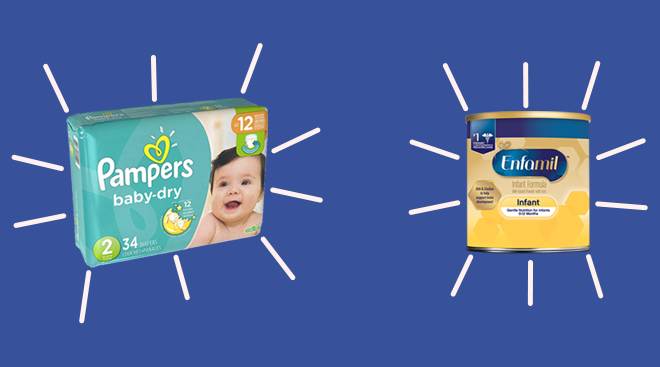Should I Buy a Minivan?
Considering a minivan? Welcome to the club. Trading in your sporty sedan for a minivan or an SUV is basically a rite of passage once baby—or baby No. 2 —comes along. And while the minivan might seem like the epitome of uncool at first, there are a lot of good reasons to give it a second look, including (spoiler alert!) sleeker, more stylish designs and smarter features. We help break down the pros and cons of the ultimate symbol of parenthood.
Minivans for the win
1. They’re easy for everyone to get in and out of. Ever try to wedge open a car door with a giant diaper bag on one arm and baby in the other? The ease of automatic power sliding doors will seem like a dream, and they’re a cinch for older kids to open by themselves. You also won’t have to worry about bumping your head while loading baby in and out of a minivan. Bonus: Grandparents with aching hips or bad knees will appreciate the van’s low step-in height.
2. They’re seriously spacious. With the sheer amount of room they provide (for both passengers and all your gear), minivans simply can’t be beat. It’s true that SUVs also have a decent amount of cargo space, but minivans are, hands-down, easier to load. That’s because SUVs tend to sit higher to accommodate heavy-duty, rear- or four-wheel-drive underpinnings, which not only take up precious interior space but can make loading and unloading gear more difficult. Minivans, on the other hand, exist to accommodate people and stuff—with subfloor hidden storage to boot.
3. They’re flexible. Minivans can adapt easily to whatever the future brings—a huge plus for those looking to expand their family or just handle daily carpool duty. With a third row that folds into the floor and removable second-row seats, you can totally customize the configuration based on whether you’re hauling the whole soccer team or your latest Craigslist furniture finds. The second row often has a removable center seat that can accommodate three car seats side by side, and some models even come with built-in foot rests.
4. They’re a good value. It’s true—when it comes to minivans, you’re getting a lot of bang for your buck. Most base models start in the low- to mid-$20,000s, while even a basic midsize SUV typically starts around $30k. That’s because automakers don’t bother outfitting minivans with expensive off-road features (that most SUV drivers don’t even use), instead putting that budget toward things people actually do want. Think: power sliding doors, easy-folding seats and even built-in vacuums, which you’ll find in both the Honda Odyssey and Chrysler Pacifica.
5. They’ve got tons of family-friendly features. A slew of cupholders, air vents and optional backseat entertainment systems should keep each kid in your crew occupied and happy. Buy a model with individual bucket seats in the second row and you’ll also help keep the peace (no more cries of “He’s poking me!” thanks to mischief-making siblings).
Minivan misses
1. They’re just plain big. While minivans do have ample interior space, along with that obvious pro comes a potential con—a large external footprint. Their ample size can make them a bit unwieldy to park and maneuver in tight garages or into on-street parking spaces.
2. They’re not the most fuel-efficient. Unfortunately the fuel economy of a minivan isn’t exactly stellar. While they do usually perform better than full-size SUVs, they’re not as gas-efficient as a smaller crossover or sedan. You can expect to get low- to mid-20s miles per gallon (city/highway combined).
3. They’re not as good in snowy or off-road conditions. Three-row SUVs have the advantage when it comes to tougher road conditions since minivans don’t have significant ground clearance—something to keep in mind if you live off the beaten path or plan to camp a lot. (And only the Toyota Sienna offers all-wheel drive.)
Overall, the benefits of tooling around town in a minivan seem to far outweigh the negatives. Instead of thinking of it as a depressing parental milestone, we say embrace the minivan as a smart, and even stylish, choice for everyday families.
Navigate forward to interact with the calendar and select a date. Press the question mark key to get the keyboard shortcuts for changing dates.





















































